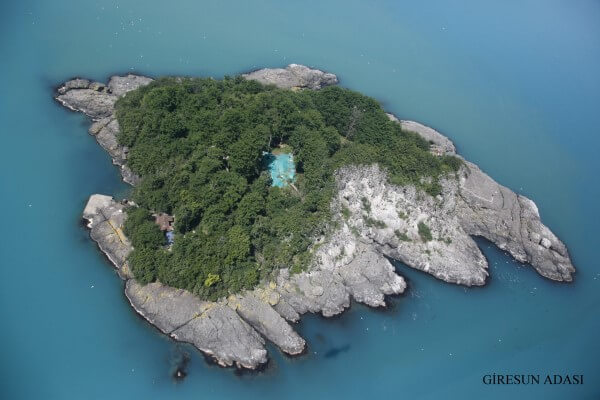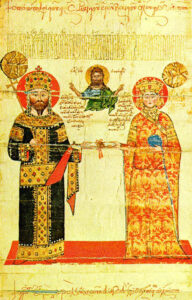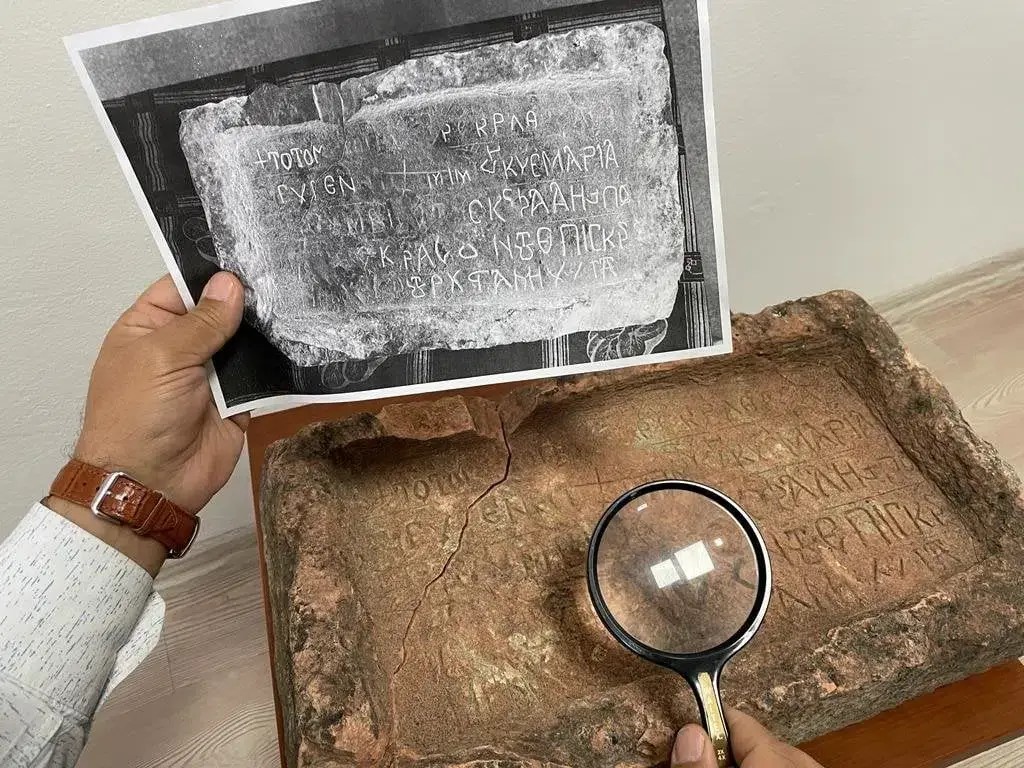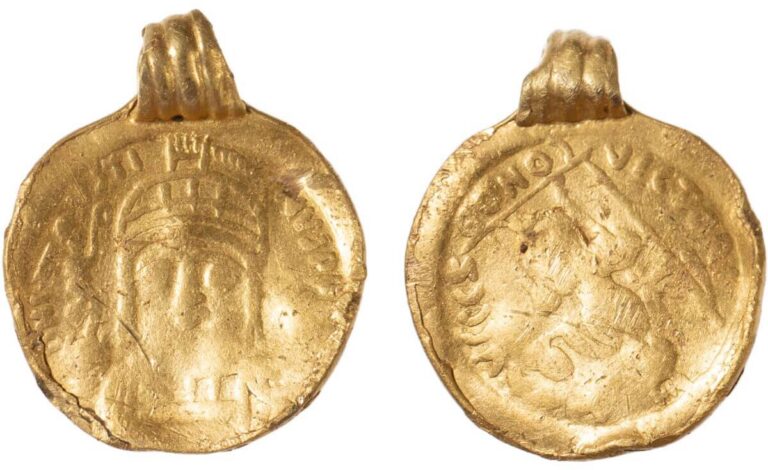Discovery of an inscription of the Empire of Trebizond on Girasun island
Giresun Island is situated just 1.2 km (0.7 miles) off the city of Giresun, on the coast of the Black Sea. This city, very ancient, was named Kerasous and is famous for being the location from where cherries take their name from. As for the islands, it hosts several medieval ruins : fortifications, pithoi (huge recipients used since ancient times to store grains or liquids) from the 12th Century, and a monastery. Recently, the new discovery of a byzantine inscription has enriched the understanding of the island in medieval times.


The discovery of a byzantine inscription.
Under the guidance of Associate Professor Gazanfer Iltar from Giresun University, archaeological endeavors have been underway since 2009. However, it wasn’t until this year that the team stumbled upon the terra cotta plaque, discovered on the floor of a tower. The plaque, measuring 30 by 50 centimeters (11 inches by 19 inches), bears an inscription that appears to have been written with a quill.

A testimony from the Empire of Trebizond.
The Byzantine inscription utilizes a unique regional alphabet from the Empire of Trebizond, making it a remarkable discovery. This empire was one of the states established after the Crusaders took Constantinople in 1204, fragmenting the remnants of the Byzantine Empire. While the Empire of Nicaea eventually reclaimed Constantinople and the Byzantine Empire, the Empire of Trebizond remained independent and even survived the fall of Constantinople to the Ottomans in 1453. It was not subdued until 1461.

Unveiling new informations on the island…

The inscription was etched in the 14th Century, during the reign of Alexios III Megas Komnenos (1349-1390), one of the most prominent emperors of the empire. He strengthened imperial authority by crushing his opposition, notably conquering Kerasous (Giresun) against his foe, the mega doux Niketas Scholares, in 1354.
The inscription offers a glimpse into the island’s architectural past and the historical context of the time. Translated by a Russian academic, it reveals that the structures and walls on the island were commissioned by the venerable Maria, wife of the ‘pinkernes’ Kyriakos, son of Giresun Governor Roustam.
and on Alexios III´s reign.
It is likely that Alexios III entrusted high positions to trusted aides. The term ‘pinkernes’ referred to the cup bearer of the emperor, a prestigious position that denoted close proximity to the ruler. Kyriakos, being a pinkernes, was undoubtedly one of the most influential figures of his time, hailing from a prominent family.
Moreover, the Turkish origin of his father’s name, Roustam, sheds light on strategic marriages between neighboring Turkmen beys and the Komnenos dynasty or the elite of the Empire of Trebizond. Alexios III himself frequently employed marriage diplomacy; his older sister Maria wed Fahreddin Kutlubeg of Aq Qoyunlu in 1352, and his other sister Theodora married Hajji´ Umar, emir of Chalybia, in 1358. Additionally, Alexios married four of his daughters to neighboring Muslim princes.
This discovery not only enhances our understanding of the Empire of Trebizond in the 14th Century but also underscores the historical richness of Giresun Island.






One Comment